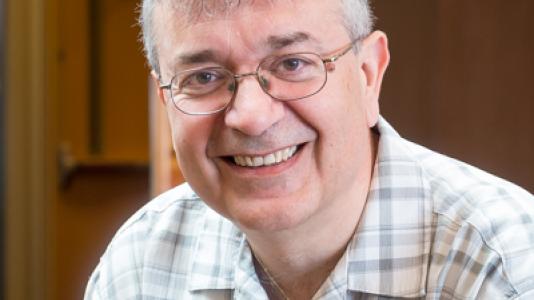
The American Physical Society awarded chemist Mercouri Kanatzidis the 2016 James C. McGroddy prize for New Materials. Kanatzidis is a senior scientist in the materials science division at the U.S. Department of Energy’s Argonne National Laboratory. He is also a professor of materials science and engineering in the chemistry department at Northwestern University.
The James C. McGroddy prize is an annual award that recognizes innovations and discoveries of new materials leading to new applications and scientific insights in the field of physics.
Kanatzidis’ work focuses on thermoelectrics, photovoltaics and intermetallics and in designing new materials to develop superconductors.
Kanatzidis said he felt highly honored to have received this prestigious award, but also quite surprised.
“Since my work is more closely associated with chemistry and material sciences, this indicated to me that a lot of work that I have done over the past couple of decades had a significant impact in the physics community,” Kanatzidis said.
Kanatzidis said many physicists want to study the materials he and his lab have discovered and invented because of their unique physical properties.
One class of materials of particular interest among physicists is thermoelectrics. The thermoelectric materials that Kanatzidis is currently working on have unusual physical properties, such as very high thermoelectric power while retaining low thermal conductivity. This means that these materials allow more heat to be converted to electricity while using less energy.
Thermoelectric materials with high efficiency could be applied to create power generators to power homes and businesses. They could also be used to make vehicles more energy efficient by collecting the energy that escapes out the exhaust pipe and converting it into electricity.
Kanatzidis’ work at Argonne also focuses on developing new and unconventional superconductors.
“Our research does not address just one physical phenomenon, but several,” Kanatzidis said. “It brings together a broad spectrum of physicists and chemists with brilliant minds.”